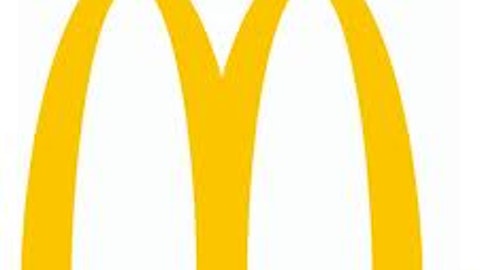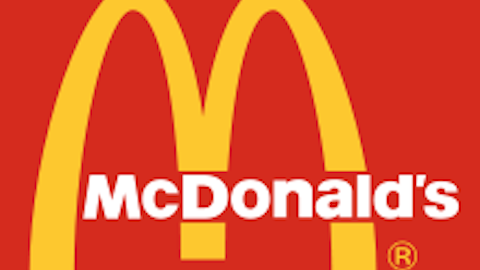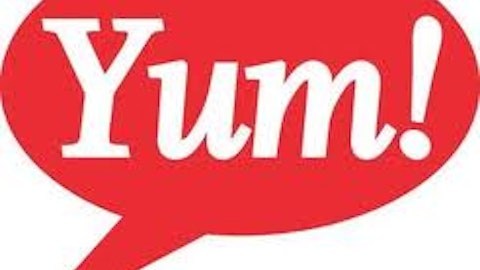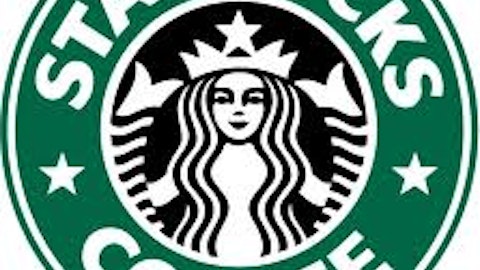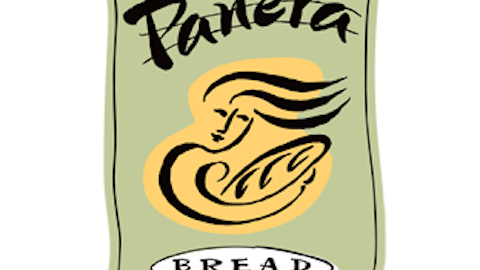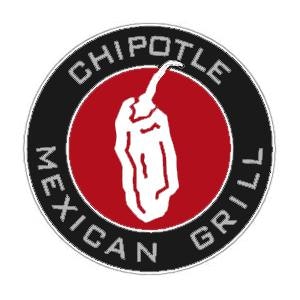
The growth story continues
Chipotle Mexican Grill, Inc. (NYSE:CMG) reported strong quarterly earnings last week, beating analyst expectations and sending the stock higher. The stock is now not too far off from its all time high of around $440 per share, reached in 2012 before an epic collapse. Revenue increased 18.2% year-over-year to $817 million, driven mainly by the opening of new restaurants.
In the quarter, Chipotle opened 44 new restaurants, and the company expects to open a total of between 165 and 180 new restaurants in 2013. This would represent between 11% and 13% store growth for the year, and the company currently has 1,502 stores in operation.
Comparable store sales rose 5.5% on higher traffic as well as one extra day in the quarter compared to last year. Margins slipped at the restaurant level as higher food costs had a negative effect. Net income grew 7.6% year-over-year to $88 million, while diluted EPS jumped 10.2% to $2.82.
Getting real
The problem with Chipotle Mexican Grill, Inc. (NYSE:CMG) is not the company but the stock. The stock trades around $410 per share after the post-earnings jump, roughly 39 times the average analyst estimate for 2013 EPS. Chipotle, by any reasonable measure, is expensive. But this price is based on the expectation that the company will continue to grow strongly into the future, and I have no doubt that it will.
But, does that growth scenario provide enough potential reward to justify the risk of buying a stock with a near 40 P/E ratio?
Let’s make some assumptions about the next decade for Chipotle Mexican Grill, Inc. (NYSE:CMG):
- The number of stores grows 10% annually.
- Comparable store sales growth is 5% each year.
- The net profit margin remains at 10%.
This scenario basically assumes that the current level of growth continues without any degradation for the next decade. I would call this the best-case scenario. Under this scenario, the number of stores balloons to about 3,900 by the end of the decade, up from 1,502 today. Revenue reaches $12 billion, and net income comes in at $1.2 billion.
Now, the return on the stock if bought today depends on what the P/E ratio is ten years from now. Considering that Chipotle Mexican Grill, Inc. (NYSE:CMG) will be a much bigger company, I doubt that the ratio will continue to be 40. If the P/E ratio does stay flat, the annualized return from the stock would be just shy of 14%, an impressive return. But look what happens if this is not the case:

If Chipotle’s P/E ratio is 25 after ten years, still quite high, the annualized return would only be about 8.9%. That’s not too much better than the stock market, as a whole, has done historically with reinvested dividends.
Under this best-case scenario, your stock return is unlikely to be much better than the S&P 500, unless the P/E ratio remains extremely elevated over the next decade. And, of course, it could be much worse if Chipotle Mexican Grill, Inc. (NYSE:CMG) can’t maintain its current level of growth. Consider a less-optimistic scenario:
- The number of stores grows 10% in the first year, with that rate decaying uniformly to 5% by the tenth year.
- Comparable store sales growth is 5% in the first year, with that rate decaying uniformly to 3% by the tenth year.
- The net profit margin remains at 10%.
This still represents exceptional growth, with 3,160 stores after 10 years instead of 3,900 in the previous scenario. Here’s the same graph for this scenario:

Things don’t look too exciting now. Even a P/E ratio of 30 a decade from now leaves you with just a 7.7% annualized return, not exceptional at all.
